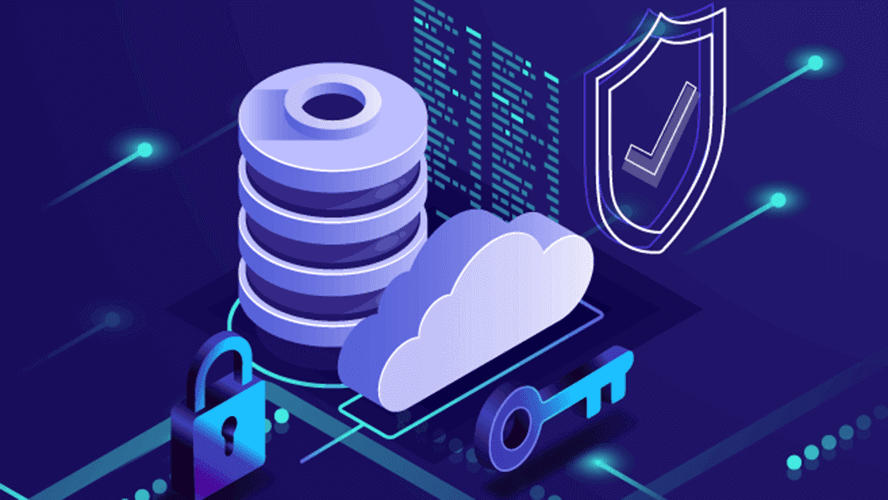Post-Migration Pains: What We’d Do Differently After Moving to OneDrive
Author: Prateek Arora
Date: Sept 2, 2022 | Read time: 6–7 min

Our organization recently completed a migration from an on-premise file server to Microsoft OneDrive as part of our cloud-first transformation. The move was intended to simplify document access, modernize collaboration, and reduce IT overhead. But despite thorough planning, the migration surfaced friction points that we didn’t anticipate — some technical, others cultural.
⚙️ What We Got Right
Not everything went wrong. Several of our early decisions paid off:
- Phased roll-out: We migrated by department, starting with low-risk teams. This gave IT breathing room to support users and make adjustments before high-volume teams moved.
- Retention policy cleanup: Before the migration, we implemented a data retention framework and asked teams to archive or delete redundant files. This helped reduce clutter in the new environment.
- Training materials: We rolled out quick-start guides and short videos showing how to sync, share, and collaborate in OneDrive. These helped ease the transition for non-technical users.
🚩 What Went Wrong
But even with good intentions, we hit several operational roadblocks:
- No usage intelligence pre-migration: We didn’t fully understand how users interacted with shared drives. As a result, several abandoned folders turned out to be critical, owned by former employees and still referenced in live processes.
- Broken dependencies: Spreadsheets linked across network paths failed to resolve in OneDrive. Common issues like outdated shortcuts and unmapped file references caused workflow disruption.
- Misaligned mental models: End users expected OneDrive to behave like a traditional file share. Many struggled to understand the difference between “My Files,” “Shared with me,” and SharePoint-backed shared libraries.
- Sync confusion: The OneDrive client occasionally failed silently, causing sync discrepancies and version conflicts — especially for teams with large file volumes or weak connectivity.
🔍 Gaps We Didn’t Anticipate
Beyond technical bugs, the migration revealed strategic gaps:
- Ownership ambiguity: Many shared folders had unclear data ownership, making permissions and lifecycle management difficult post-migration.
- Overreliance on personal OneDrive: In the absence of shared libraries, users started using personal OneDrive folders for team collaboration — creating risks around leavers and data loss.
- IT support overload: The helpdesk was inundated with “Where’s my file?” tickets, many stemming from sync errors or unfamiliar interface behavior.
💡 What We'd Do Differently
With hindsight, here's what we’d change to make future migrations smoother:
- Run pre-migration access and usage audits: Tools like TreeSize, PowerShell, or ShareGate can highlight active vs inactive folders and ghost owners.
- Conduct pilot migrations with champions: Test migrations with cross-functional volunteers to gather feedback and shape messaging for the wider org.
- Establish shared libraries from day one: Instead of letting users default to personal storage, roll out SharePoint-backed document libraries with clear naming and governance.
- Set expectations early: Clarify what OneDrive is (personal cloud storage) and what it’s not (a network drive replacement). Educate users on when to use OneDrive, SharePoint, and Teams files.
- Automate provisioning and permissions: Use templates or scripts to standardize folder structures and permissions across departments, reducing one-off requests.
📊 Lessons in Change Management
Technically, OneDrive worked — but adoption depends on perception. Many users saw the shift as disruptive, not empowering. In hindsight, we underestimated the behavioral change required when replacing something as ingrained as file shares.
The lesson? Cloud adoption is 50% tech, 50% psychology. Even modern tools need to be introduced with empathy, clarity, and repetition. One-size-fits-all training rarely sticks — tailor it to job roles and workflows.
📌 Final Takeaway
Cloud file storage isn’t just a lift-and-shift exercise — it’s a mindset shift. Next time, we’ll approach migration not just as a technical milestone, but as an organizational change project with proper governance, communication, and post-migration support.